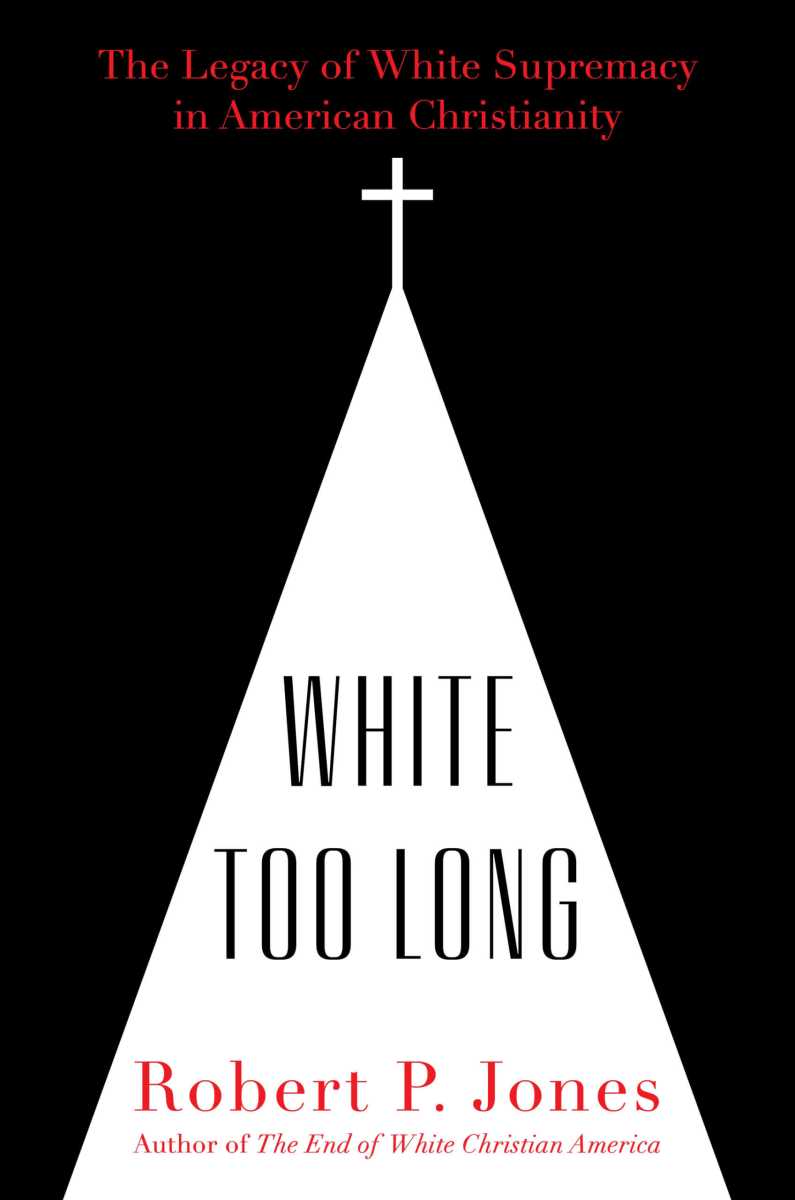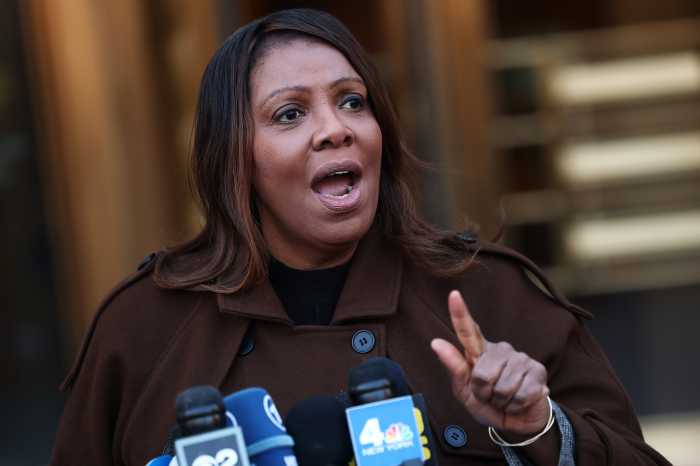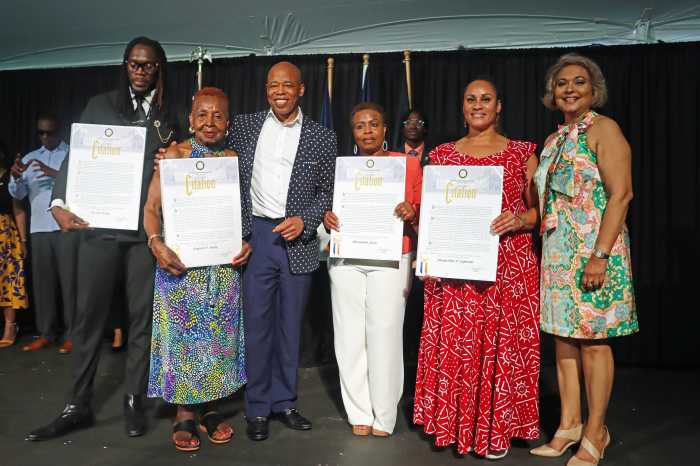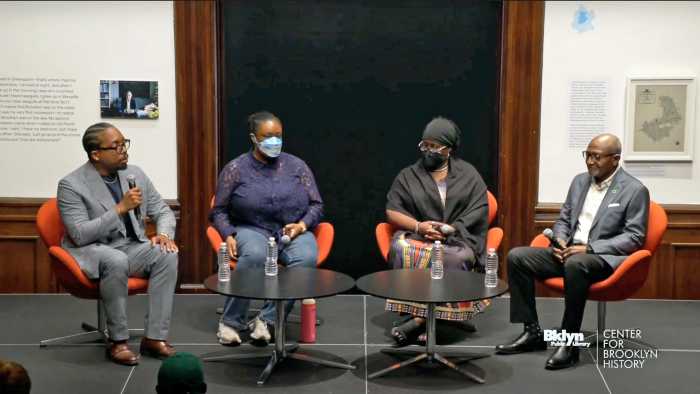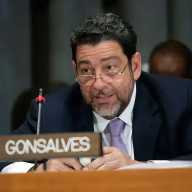“White Too Long: The Legacy of White Supremacy in American Christianity” by Robert P. Jones
c.2020, Simon & Schuster $28.00 / $37.00 Canada
320 pages
Sundays just don’t seem to last.
You get up, attend church, attend fellowship, rush home for dinner, maybe more church in the evening. And before you know it, Sunday’s over and you’re left trying to remember what you learned, to get you through the week. But maybe, says Robert P. Jones in “White Too Long,” it’s time to examine what you learned that you don’t remember.
Nearly 180 years ago, at a convention of members of the Baptist church, the issue was raised about whether there was room in Christianity for slaveholding. In the days following the gathering, Reverend Basil Manly, former pastor of the First Baptist Church of Charleston, sent out a letter demanding confirmation that indeed, a Godly man could have slaves. When his group received a swift denial, Manley and other church leaders split and formed their own organization, a move that ultimately led to the formation of the Southern Baptist Convention (SBC), the country’s largest Christian denomination.
And until about forty years ago, says Jones, this pro-slavery stance and the white supremacist roots went largely unexamined by white Baptists. Politics were not always mentioned with these issues then – at least, not like they are now.
Lest we point fingers unfairly, however, Jones says that racism is not just a Southern Baptist Convention notion: the same issues crop up in Catholicism and other denominations, as well as other areas of the U.S. Overall, he states that white Christianity has been the biggest, ’til-now-unchallenged reason for the propagation of white power and dominance.
So what can be done?
Rather than merely removing or destroying statues honoring white supremacists, many cities are also placing markers honoring integration and Black leaders. We can pay attention to our histories, and recognize our own most complex truths. And, he says, time will also help — it has to, because our nation’s souls are at risk.
The first — perhaps only — thing you’ll need to know about “White Too Long” is that it’s deep. Bottom-of-the-ocean deep. Like, all-thirteen-verses-of-“
As the founder of Public Religion Research Institute and a man who grew up in the Southern Baptist church, author Robert P. Jones bases his material here on his own solid studies, as well as theology and personal background. That’s all good, but the depth of the content and meaning of this information also results in ideas that circle back and back again, and that can make the mind reel in befuddlement. You may have to read a sentence (or a paragraph) two or three times to get the full impact of it, or to understand what’s before or after it. This can feel like a very long sermon on a very sleepy Sunday morning.
Beware that there’s controversy all over this book but in today’s world, it’s an absolute must-read — as long as you give yourself time for thought. If you are a theologian especially, or are fighting racism, “White Too Long” might not be long enough.


